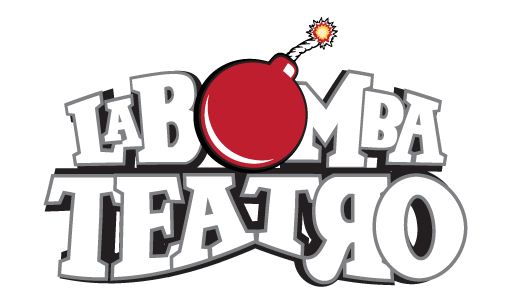Do you have any questions? Please contact Violaine Bigot, Lawyer at DRIVE violaine.bigot@grenoble-inp.fr Responsible for Consortium Agreements: All definitions can also be found in our Introduction to Research and Development. _______ Before the project, it allows an inventory of the knowledge of each partner (FAQ: What are the previous, parallel and specific knowledge?). In this way, each stakeholder takes stock of its knowledge (know-how, patents, software) that it possesses before entering the project and that is necessary for its implementation. This inventory makes it possible to prove the prior art and ownership of the knowledge listed in the consortium agreement, even if it is not protected by an intellectual property title. For example, secret know-how (K for know-how) that cannot be protected can be listed and briefly described in the consortium agreement. In this way, his anteriority and affiliation with one of the partners are recorded. During the project, the consortium agreement defines the mutual rights and obligations of the partners. In particular, governance rules are established by appointing a coordinator (one of the partners) who is responsible for the proper implementation of the project. The agreement also provides for the appointment of a management body (often a committee) to promote the proper implementation of the project. In addition, the agreement lays down the rules for access, use, exploitation, exploitation and ownership of the results obtained by the partners during the project, as well as the conditions for access, use and exploitation of the partners` own knowledge.
After the project, the agreement formalizes the obligations that exist beyond the project, for example the .B obligation of confidentiality for the information exchanged. Indeed, after the project, this information must remain confidential for an average of 5 years [1]. The agreement also contains the guidelines for intellectual property rights of the project results: – The agreement also defines the rules for the management of intellectual property rights with regard to the costs of protection[3], the defence of new patents and the transfer of shares. Finally, the consortium agreement sets out the conditions for publication. Publication must be well aligned with intellectual property and secrecy policy in order to complement publication and protection. The agreement therefore provides a framework for publications to protect the interests of partners by ensuring that commercially sensitive information remains secret or is not disclosed/published during the patent application. However, the consortium also ensures that the interests of researchers are safeguarded, as publication is essential for them. Therefore, the consortium must give researchers the opportunity to publish quickly by giving partners the right to review and edit the publication. Be careful, these obligations may extend beyond the project. The consortium agreement is a cooperation agreement for collaborative research projects, i.e.
projects in which public (e.B Grenoble INP) and private (e.B. Entreprises) partners are involved, without financial flow between the parties, each partner being subsidized for the completion of the project (e.B. ANR). It is a private agreement signed between the partners to define mutual rights and obligations. The elements described in this article are model clauses in consortium agreements. The parties may decide to include different commitments to address the context and challenges of each project. Typically, after funding is announced, funding agencies require that the consortium agreement be signed before the start of the project or within a limited period of time. For example, 12 months after notification to the ANR; 6 months for BPI. Be careful if the project contains prior knowledge that is the subject of other parallel funding, such as.B.
of a SATT project, it is recommended that the lawyer negotiating the consortium agreements be informed before submitting the project. This allows it to anticipate the negotiation of intellectual property clauses and usage clauses with partners. A first draft of the agreement can be submitted with the project application. For these sensitive projects, a confidentiality agreement may also be signed until the conclusion of the consortium agreement. The most important questions to ask before the signing of the consortium agreement concern: Written by Violaine Bigot, Jana Darwiche and Isabelle Chéry – The question of compensation in case of exploitation of the results of the project has also been clarified. Since public institutions are not allowed to exploit the results directly because of their status, a financial return must be provided if one of the partners exploits the results. – The partners agree on the rules of distribution of ownership: in equal or proportional shares to the contribution of each partner. When partners choose the first option, they share the research results equally, regardless of their participation in the results. Conversely, the second option offers the possibility of holding a share of ownership that corresponds to the partner`s participation [2]. .
